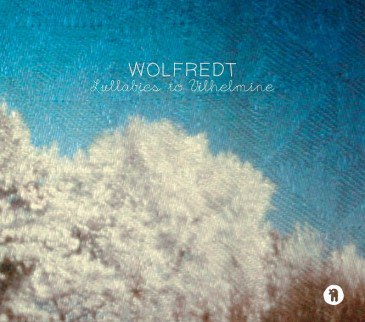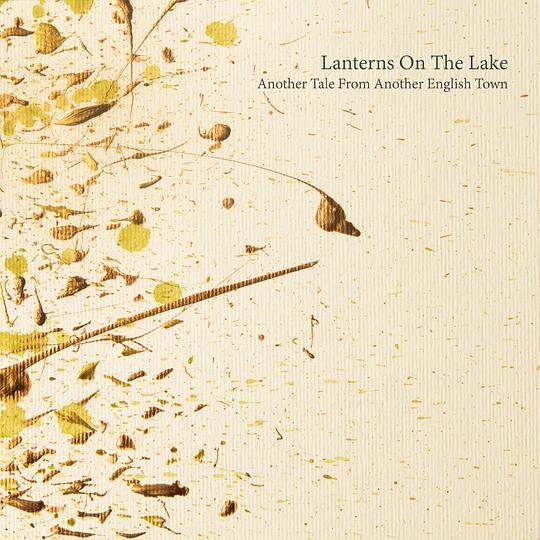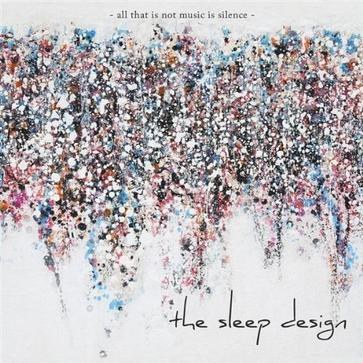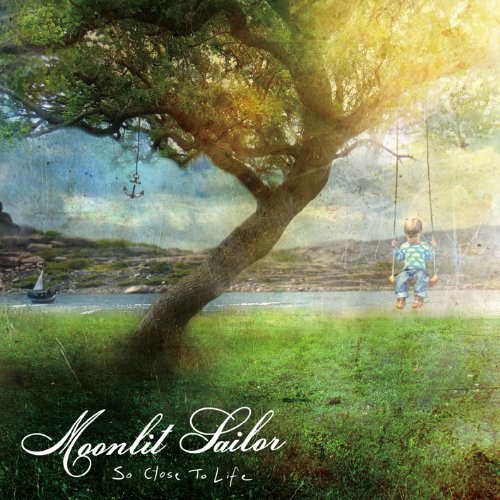Inspiration is what drives creation; it is akin to lungs enabling a person to breathe. Musicians in experimental genres such as post-rock and post-metal have taken a great deal of influence from the world around them and have implemented the power of the environment in their music. ISIS, Tides, Up There: The Clouds all reference the sea, the sky, and events triggered by a combination of these and use the inspiration to produce moments of sublime beauty in their work. The Sleep Design gains inspiration from a more divine presence. The Alabama quartet formed out of "a passion for the beauty of God through sound” with an aim to “shed light on the power of a Creator captured in rhythm.” Christianity portrays God as the all powerful creator of the earth, and The Sleep Design successfully encompasses the perception of that power, unleashing moments of true inspiration and beauty throughout with All That Is Not Music Is Silence.
Even with divine intervention it would be difficult to create something in the realm of epic post-rock that has not been touched already. The majority of the tracks on the album begin on the lighter side of instrumental post-rock, some soaring off into spiraling anthems while others continue on the more melodic path. There is a solid blend of ideas, and although a simple formula rears up in many of the songs, there are instances where variation is nicely placed. “Hope Is the Dream of a Soul” makes use of a soaring vocal loop which takes away the attention of the regrouping instruments before hitting a towering ending. The band plays with breathtaking results, and “The Sound of War” is a stunning example of how well its songs are constructed. Following a simple peak-rebuild-peak layout, the track makes use of a great guitar pattern that continues to rise and gain momentum toward a second crescendo, high above the previous one. The success of this record is down to the work that is done between these moments of towering splendour.
Even though the album contains all the hallmarks of post-rock, the variation in the styles alleviates hang-ups over the influences on display and helps the band avoid sounding familiar and repetitive. Not every song ends in the same manner or on the same tone, and the band uses passages of ambient interplay to reset the mood both during and between tracks. This acts in a similar way to a palate cleanser, allowing for something new to come in that could well be similar, yet tastes different. “These Dreams Haunt & Capture” not only breaks the tone down from the emphatic start to the album, it also provides time for a new sound to sink in before more uplifting guitar work sets off towards the middle of the song. Moments of stillness are never stretched beyond their need, and the tracks ultimately benefit. For all the excellent musicianship on display one of the best tracks is one of the shorter songs on the album. “The Fire, The Grave, & The Eyes of Man” takes time to build before it unleashes a torrent of rocketing guitar and an emotional screaming vocal loop. The song is short yet very effective at displaying the heights that this record can reach.
Albums that redefine post-rock music are few and far between these days, and All That Is Not Music Is Silence is certainly above the standard of many releases. The music that is produced is wide ranging and has the ability to enthuse a great deal of emotion in the listener, be it from the rousing crescendos or the ambient plateau The Sleep Design comes to rest on. When a genre has been saturated with so many attempts to provoke these emotions it is always refreshing to find a band that has the talent to work within the constraints and yet creates something that truly is inspirational.
-Gary Davidson











